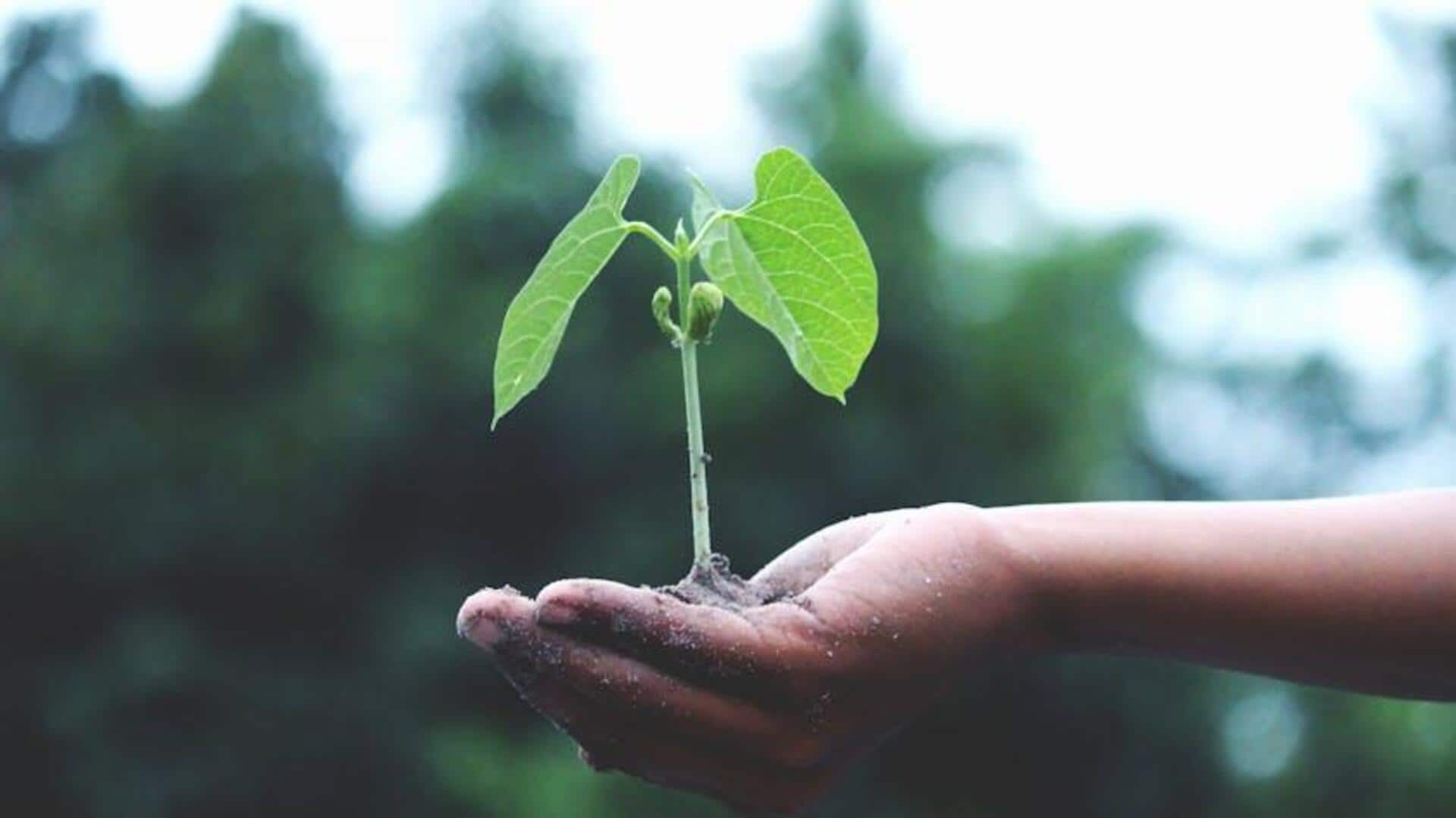
Coffee grounds: Secret to healthier, happier houseplants
What's the story
If you're a houseplant parent, you probably know that coffee grounds, which are usually thrown away as garbage, can actually be a treasure.
Coffee grounds are packed with nutrients that can improve the growth and health of your plants.
Here's how you can utilize coffee grounds to make your indoor garden bloom into a lush oasis.
Nutrient source
Nutrient boost for plants
Coffee grounds are rich in nutrients such as nitrogen, potassium, and phosphorus. These elements play a crucial role in the growth and development of plants.
When you add coffee grounds to the soil, they release these nutrients slowly, ensuring a steady supply for the plants.
This slow release prevents the plants from getting burnt and provides them with consistent nourishment over time.
Soil improvement
Enhancing soil structure
Incorporating coffee grounds into potting soil can improve its structure by increasing aeration and drainage.
The texture of the grounds helps create air pockets in the soil, allowing roots to breathe more easily.
Improved drainage prevents waterlogging, which is crucial for preventing root rot in houseplants.
Pest control
Natural pest deterrent
Coffee grounds naturally keep certain pests from invading your plants.
The strong smell of coffee can keep insects like ants and slugs at bay.
Just sprinkle a thin layer around the base of plants and you've got a natural barrier against the uninvited guests, without having to resort to chemical pesticides.
Compost addition
Composting with coffee grounds
Adding coffee grounds to compost piles enriches the compost with nitrogen-rich material.
This speeds up the decomposition process by balancing carbon-rich materials like dried leaves or paper scraps.
The compost becomes an excellent organic fertilizer that improves soil fertility when mixed with potting mix or garden beds.
Application tips
Using coffee grounds sparingly
While beneficial, it's crucial not to overuse coffee grounds on houseplants due to their acidity.
Excessive application directly onto soils can affect pH balance.
It's advisable to mix them within existing substrates at ratios no higher than 10% per application cycle.
This ensures optimal results without negatively impacting the delicate root systems or the environmental conditions surrounding them during their growth phases indoors.